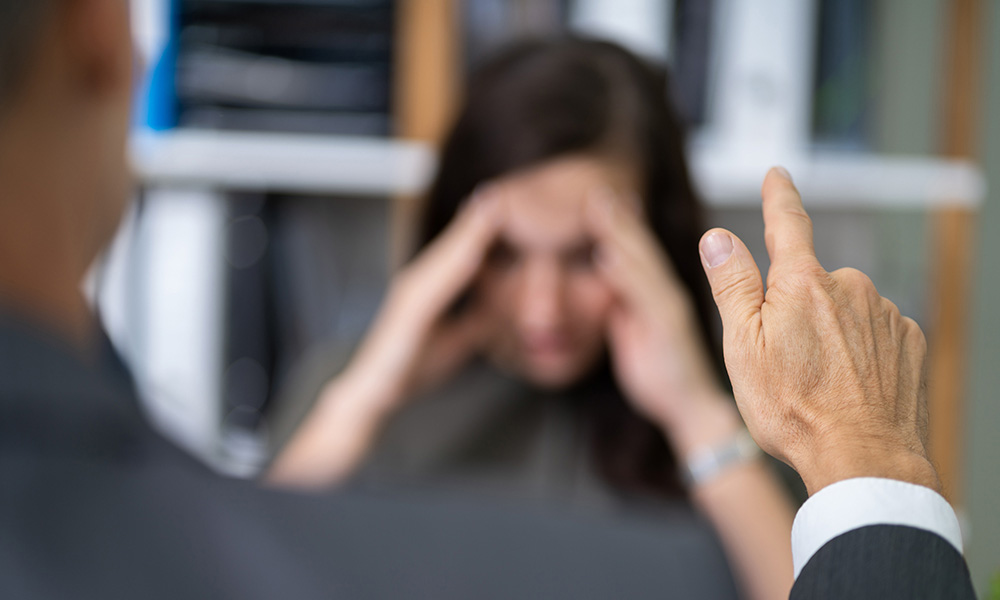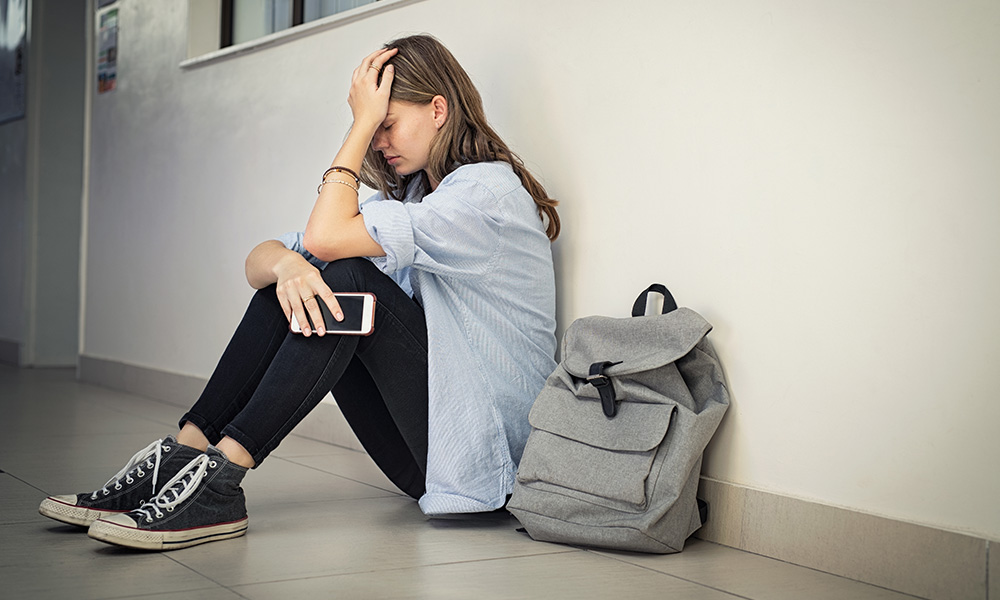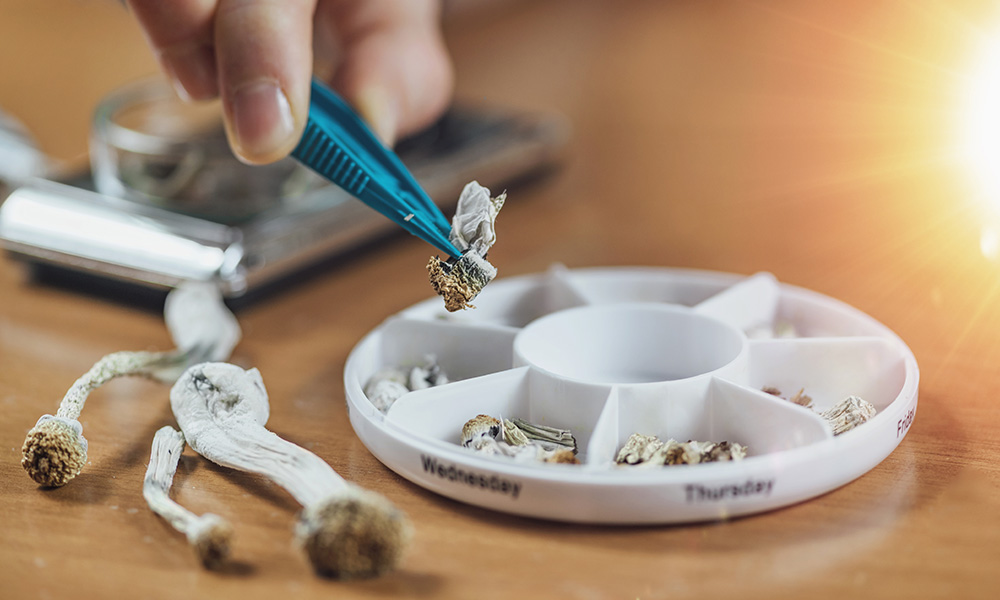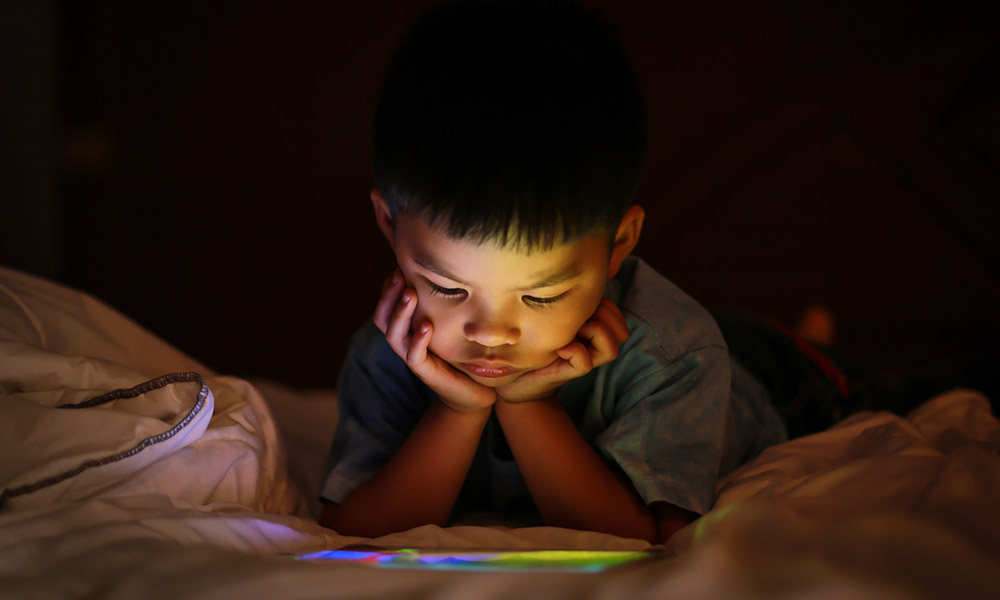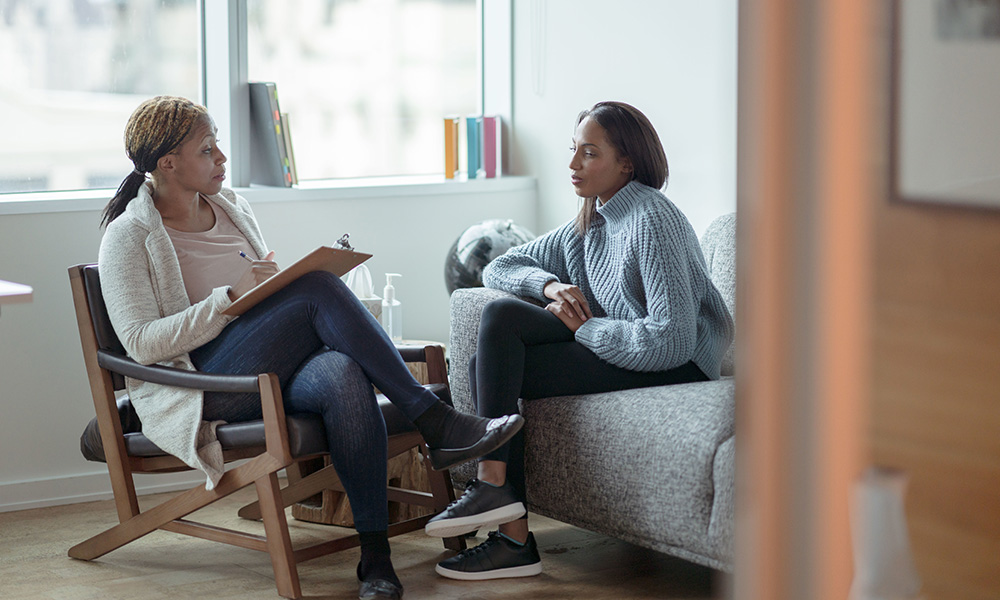
A UBCO researcher is calling for better ways to assess, diagnose and provide proper treatment for people who have mental health or substance use disorders.
While the federal government has pledged to help fund the expansion of free mental health services across Canada, UBC Okanagan’s Dr. Lesley Lutes says this is just the tip of the iceberg.
And she is not talking about money.
With the first ministers’ meeting on health care taking place in Ottawa this week, the Canadian Psychological Association has provided recommendations to help with federal and provincial collaboration regarding mental health and substance use health. Dr. Lutes says while this is positive news, more needs to be done.
She is the Director of the Centre for Obesity and Wellbeing Research Excellence in UBC Okanagan’s Irving K. Barber Faculty of Arts and Social Sciences. While the pledge for funding is positive news, she says that still won’t bring parity between mental and physical health care.
You’ve been working for years to bring mental health care to the same level of funding as physical health care. Can you explain why you are so passionate about this?
Let me say that we are in a landmark moment in history. After decades of advocacy and talking about mental health, the stigma surrounding it and the need for treatment—it is now front and centre in almost every conversation. Which is phenomenal. And is something to appreciate, savour and celebrate. However, when it comes to funding, mental or physical health care is treated like apples and oranges. In reality, there should be no difference between access to this care.
For example, patients undergoing cancer treatment have access to a multidisciplinary team with trained health-care professionals at all levels of expertise and focus. However, the existing structure and funding of care does not afford patients the same access to care that could provide lifesaving mental health treatment.
Can you imagine a patient needing a heart transplant having that surgery done by just one nurse in the operating room? Of course not. But that’s the reality when it comes to mental health care.
Other than funding, how can this be fixed?
Currently, when people need mental health help it is said that they just need “support” or “counselling” or “someone to talk to.” They are all lumped together and people believe that they all mean the same thing.
People need timely screening, focused assessment, diagnosis and treatment—targeted to their presenting issue, illness or disease—that can be tracked and evaluated across time.
On a very personal level, I know how lack of access to treatment impacts and shatters lives. I have lost an aunt to suicide. And some of the people I love and care about most in this world suffer from anxiety, depression and substance misuse.
The Canadian government is working toward establishing transfers to the provinces to expanding the delivery of comprehensive and accessible mental health services. Is this what you want to see?
While this investment would be the largest for mental health care in recent history, it is only the first step. Currently, there is a lack of a consistent definition of mental health or who is qualified to provide this care and the metrics for success. This lack of clarity threatens the foundation upon which we are creating and the very funding we need for this national mental health transformation.
So, it isn’t just about the money?
It is partly, but patients who need mental health care shouldn’t have to be burdened with understanding the training, regulatory oversight or scope of practice of each provider. That is the government’s job.
Our government ensures that our nurses and physicians and medical specialists are all providers that are regulated and performing duties consistent with their training and skills. That is currently not the case with the provision of mental health care.
Patients need proper assessment and diagnosis which in turn are critical to ensuring the right evidence-based treatment is offered and implemented with its outcomes evaluated. While programs can and do offer a range of services and supports, the assessment, diagnosis and treatment of mental and substance use disorders can only be performed by or under the supervision of regulated providers that have specialty training.
Without a clear determination of the services offered, who provide those services, and the evaluation and public reporting of meaningful service outcomes, mental health care will continue to be a blunt intervention that lacks the patient-centred precision we have come to expect for physical illness.
And it is the patients who continue to suffer.
Anyone with any health concerns, whether it be general wellness, mental health or mental illness needs to be treated in a timely, professional and equitable manner. It is possible. There are working models around the globe who have been doing this for decades. We just need to do it here in Canada. Until this is the case, I will continue to lobby for change.
The post Parity needed for mental and physical health funding, treatment appeared first on UBC Okanagan News.

